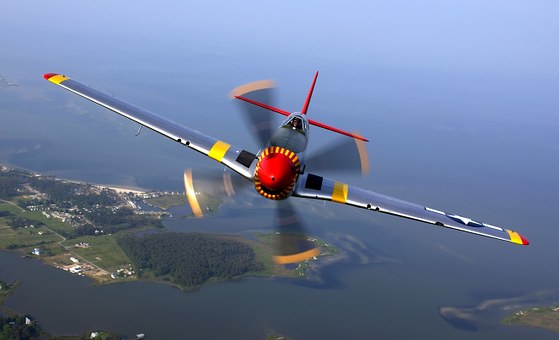Do You Know! Why fountain pen is not allowed in airplane?
Why fountain pens leak in airplane?
- Passenger airliners fly at an altitude approaching 40,000 feet.
- As you know with increasing attitude Atmospheric pressure decreases.
- The cabin pressure of an aircraft at this height is the equivalent of being at 7,500 feet which has quite a severe impact on the inside of your pen as it will still have the same pressure it did at ground level.

- So the pressure inside the pen is more compared to the its surrounding. When we are using the pen, the ink gets spilled due to varying pressure.
- A large collection of ink will gather near nib/feed section of the pen whilst the expanding air will push the ink out.
TIPS FOR AVOIDING LEAKAGE:
1. This issue can almost always be avoided by ensuring your fountain pen is stored with the nib held up-right. This means that when the air inside the pen matches the air outside of the pen, the nib and feed area will have no issues with the air re-entering.
3. Put your pens into a zip lock bag and carry them in your briefcase or carry-on. Keep your pocket pen in a cigar tube. And always keep your pocket pens nib up.
4. Recent Solution : Platinum, the Japanese pen brand recently released a fountain pen with revolutionary ‘Slip and Seal’ functionality. In short, this airtight mechanism reduces moisture evaporation, meaning that the pen can go for long periods of time without being used and the ink won’t dry out. The device will also protect against leakage brought on by changes in atmospheric pressure, but remember:
Keep it stored nib-side up with a full cartridge/piston or keep it completely empty!



Comments
Post a Comment